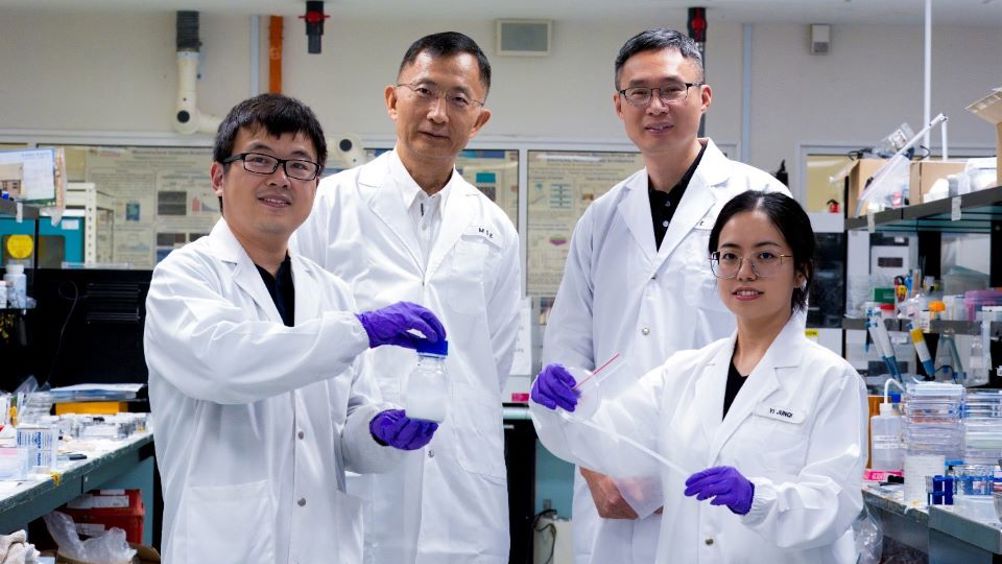Spider-silk inspires flexible electrode implant
Scientists have taken inspiration from spider silk to develop an electrode that wraps around muscles, nerves and hearts to deliver electrical stimulation to tissues or record electrical activity.

The electrode contracts to conform to biological tissues, is non-toxic and performs better than conventional stretchable electrodes.
Led by a team from Nanyang Technological University (NTU) in Singapore, the innovation could lead to biomedical devices for monitoring irregular heartbeat, nerve repair, wound closure and scar reduction.
The study was led by Prof Chen Xiaodong of NTU’s School of Materials Science and Engineering; Prof Gao Huajian of NTU’s School of Mechanical and Aerospace Engineering; Prof Liu Zhiyuan from the Chinese Academy of Sciences; and Prof Hu Benhui from Nanjing Medical University. Their findings are detailed in Nature.
The electrode is made from a flexible material which contracts when wet to fit securely around tissues and organs.
Drawing inspiration from the structure of spider silk, the scientists created the material by mixing semicrystalline poly(ethylene oxide) (PEO) with poly(ethylene glycol)-α-cyclodextrin inclusion complex (IC). IC connects the PEO semicrystalline structures and holds them together.
Register now to continue reading
Thanks for visiting The Engineer. You’ve now reached your monthly limit of news stories. Register for free to unlock unlimited access to all of our news coverage, as well as premium content including opinion, in-depth features and special reports.
Benefits of registering
-
In-depth insights and coverage of key emerging trends
-
Unrestricted access to special reports throughout the year
-
Daily technology news delivered straight to your inbox










Water Sector Talent Exodus Could Cripple The Sector
Maybe if things are essential for the running of a country and we want to pay a fair price we should be running these utilities on a not for profit...